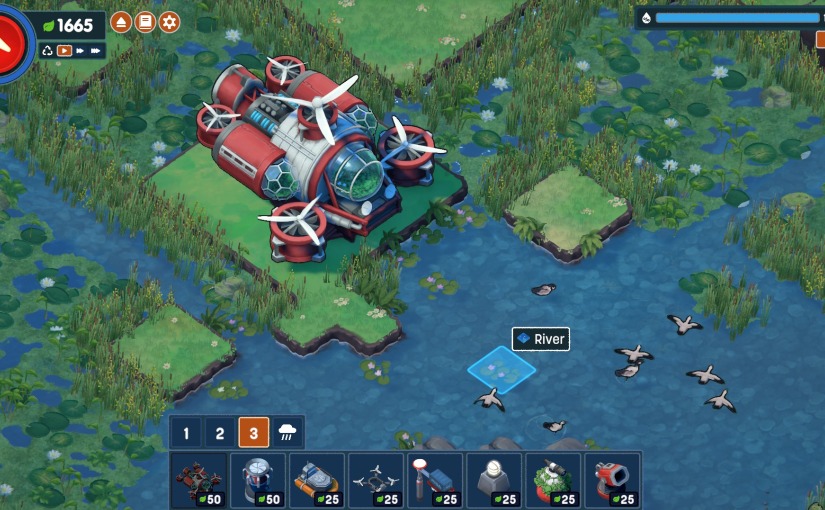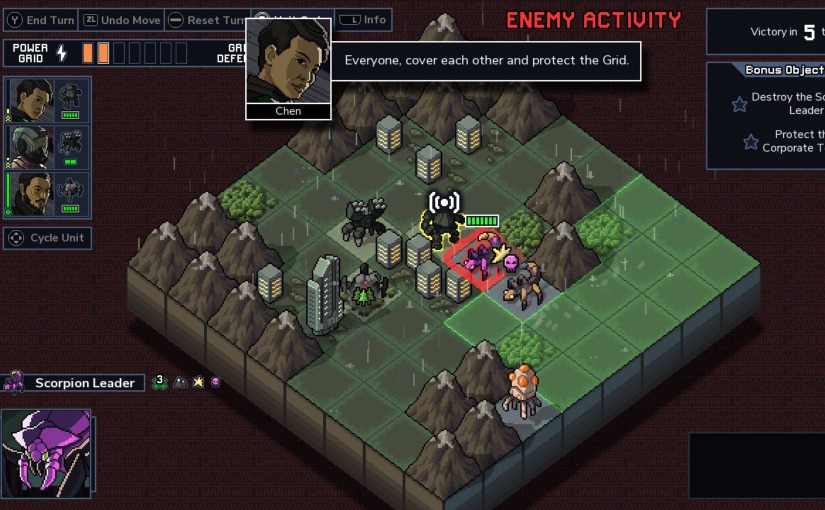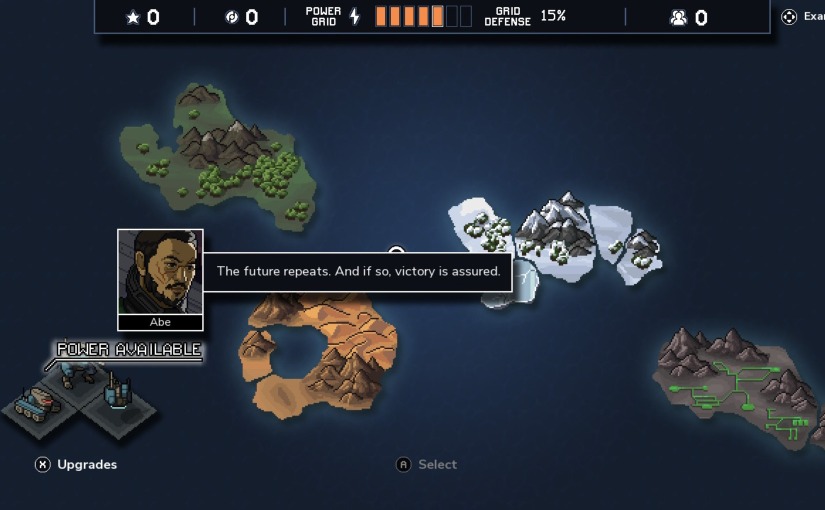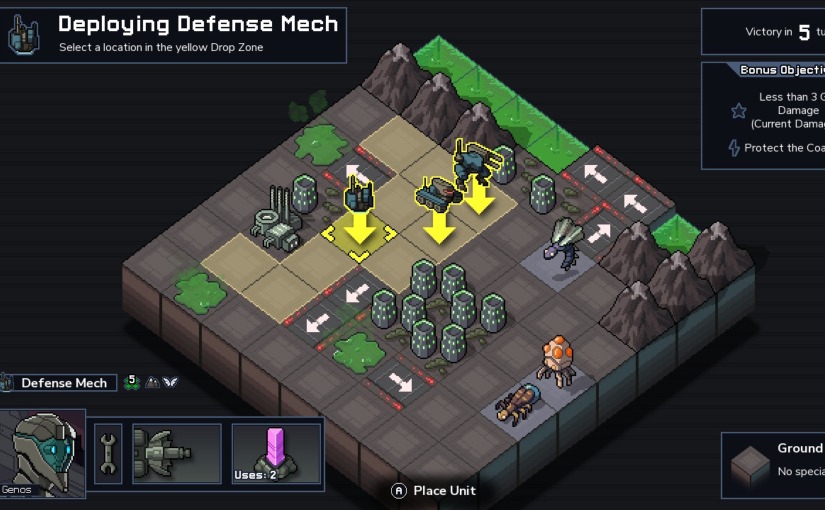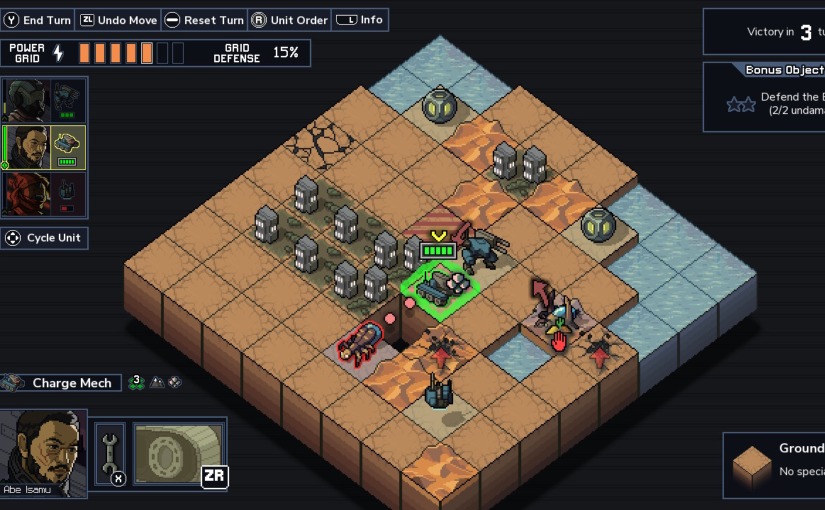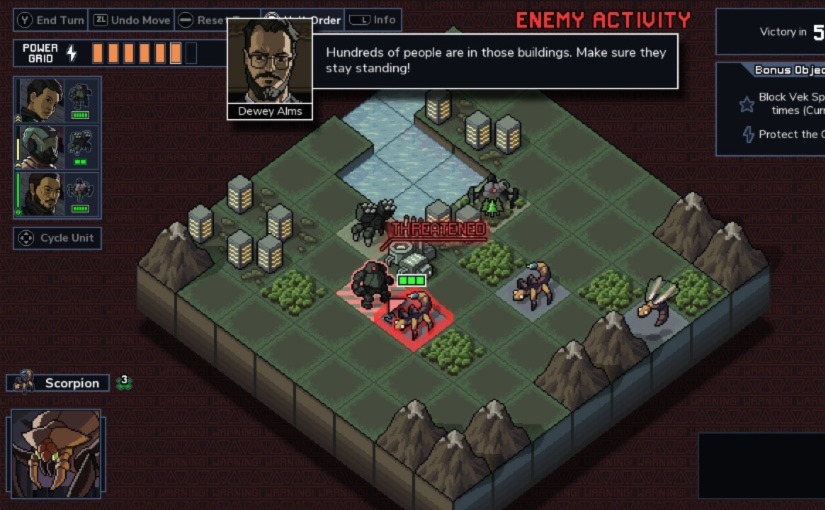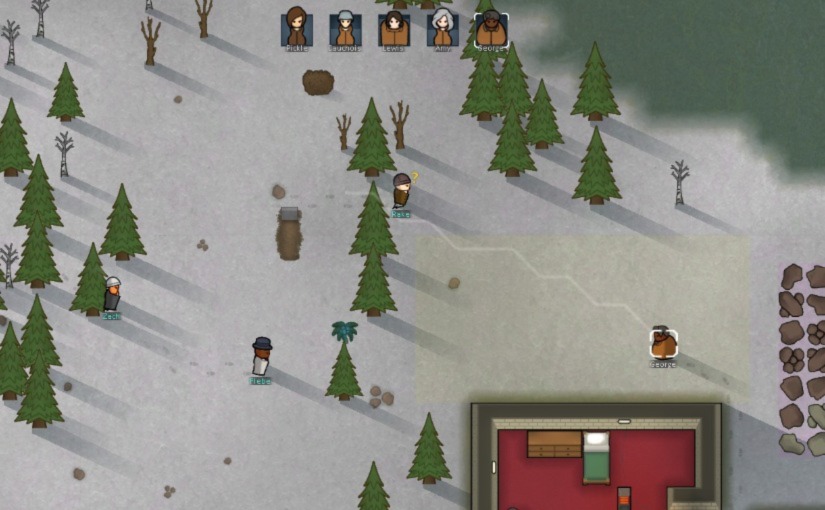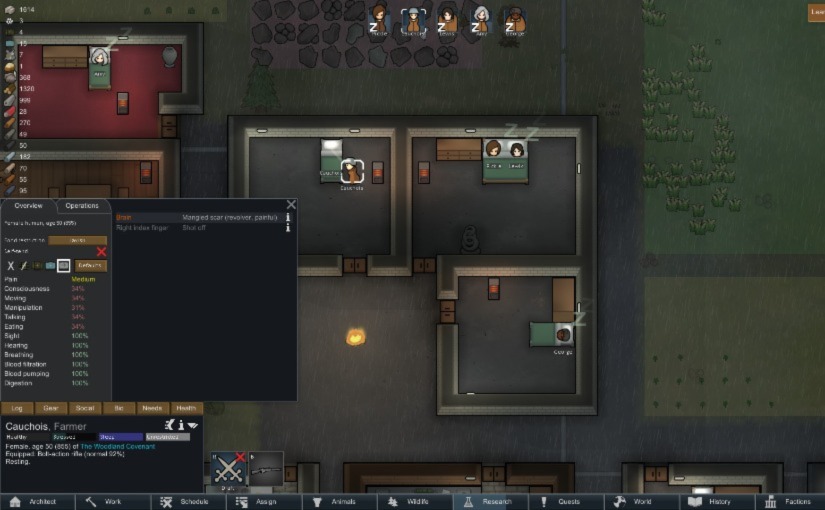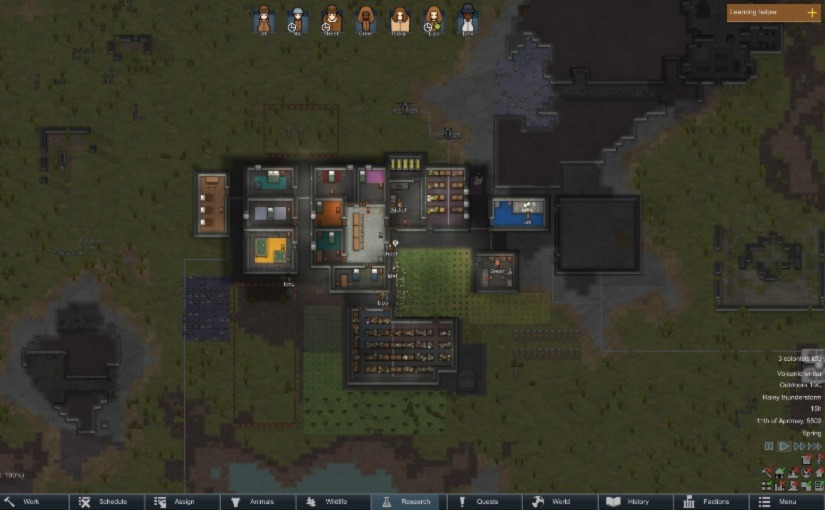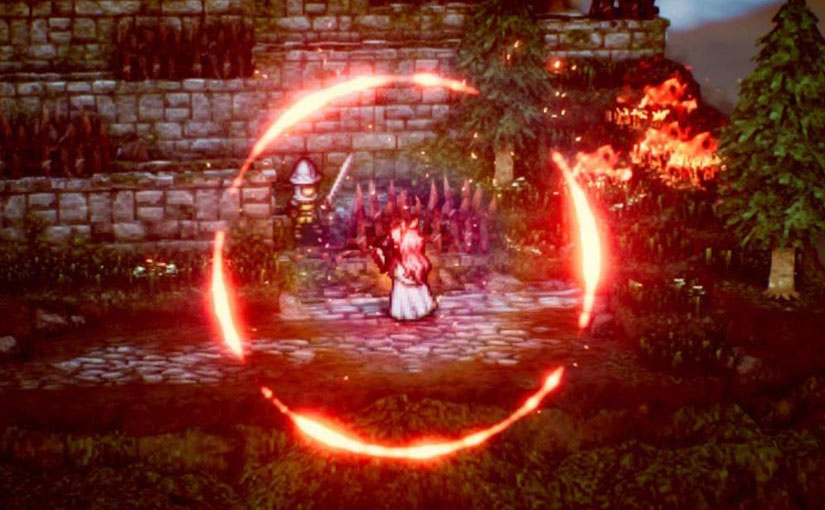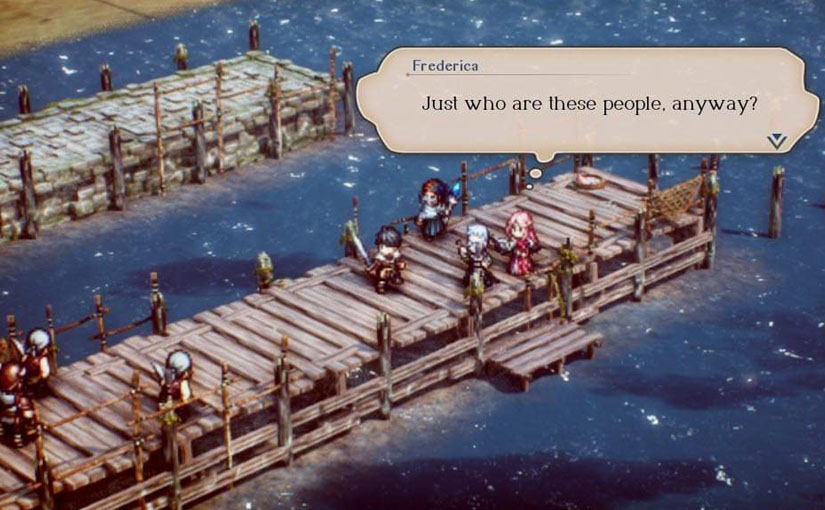The Power Is Yours
Visually resplendent eco-strategy Terra Nil kicks things off with a dry and infertile patch of land and a limited selection of high-tech equipment, and tasks players with creating thriving and varied ecosystems through both natural and artificial means. Wind turbines power soil scrubbers, and specialist buildings distribute grasslands, fynbos (which is a new word I learned that seems to refer to a biome found specifically in South Africa), and forests across the healing land.
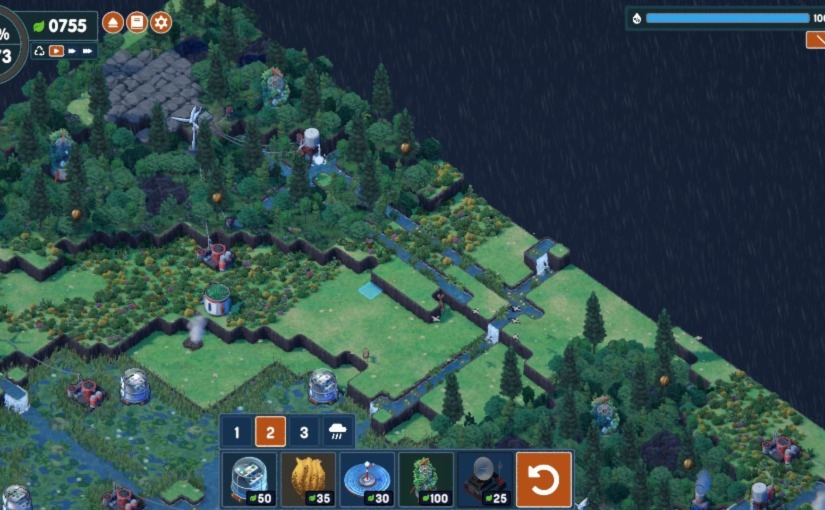
Matters are complicated by certain factors like soil fertility and humidity levels, and would-be terraformers are tasked with figuring out how to achieve specific conditions in order for specific biome types to flourish. For example, temperate forests need ashy soil, which requires the use of a special building to start and manage a fire. Once the inferno has done its job, lush pine forests can spring up from the ashes, and once those are established, you might be lucky enough to spot a bear or two beneath the canopy.
The ultimate goal of Terra Nil is to achieve full, natural reformation over four distinct environments, cause animals to return, and achieve various environmental goals that will cause beneficial effects such as rains returning or ferns growing along the sides of rivers. The reward for all this is the ability to watch adorable, cel-shaded critters explore your picturesque islands and valleys as you sit back and celebrate a job well done.
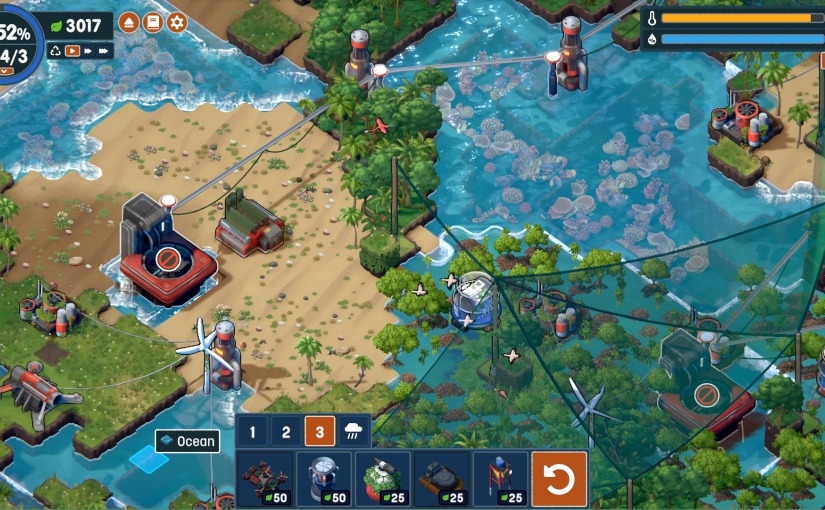
Terra Nil’s visuals do a decent job of portraying nature at its most vibrant, while still maintaining a simple, grid-based style. As you progress through the building tiers your small patch of land will become rich with meandering rivers, lush wetlands, and flowering meadows. Later environments offer island rain forests, rocky, lichen-covered tundra and even reclaimed cities as rewards, and each environment type has a second map where you’ll have to figure out how to achieve the same eco-miracles using a different set of buildings and equipment.
The game’s goals and blocky visual style actually remind me of an extremely obscure, Japanese environment-’em-up that I picked up, tried, and traded in many years ago, named Birthdays The Beginning. That particular effort failed to grab me thanks to some obtuse gameplay and strict campaign rules. Terra Nil undoubtedly does a better job of easing you in and then making you feel comfortable for your stay, but currently falls down a bit in one of the areas where Birthdays actually excelled – its wealth of content.
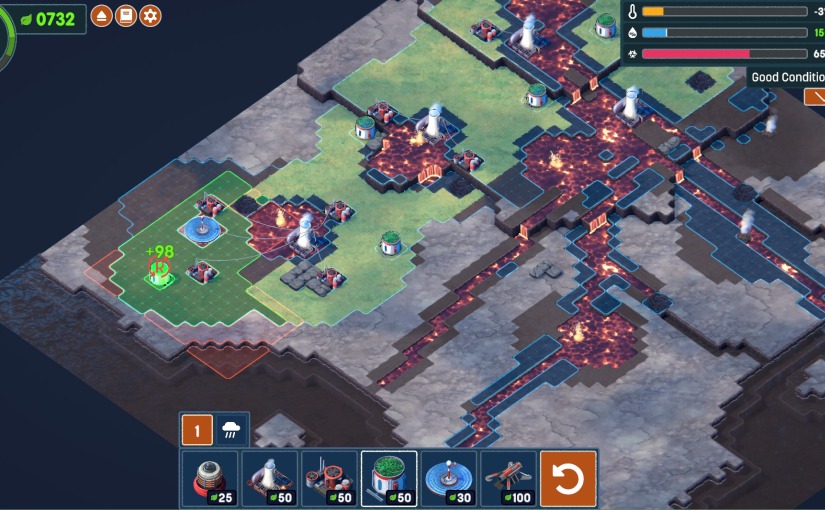
As mentioned, Terra Nil offers four environment types with two maps each. Each environment has a handful of challenges based on humidity and temperature that unlock various effects, and six animal species that can be introduced, and that’s it. Once you’ve ticked all these boxes your only reason for continued play is to redo the various map types and see if you can achieve your goals in different ways.
I’d love a huge map that I can just take my time with, terraforming as I see fit and finding ways to overcome challenges offered by the terrain. I’d also like more animals to introduce, with some requiring extremely specific conditions that require a lot of work, making them all the more rewarding. I want these things because Terra Nil is really, really good, but a little too short. It’s a great game to pass some time with, and even with its after-the-end setting and global climate crisis message, it has a peaceful and uplifting vibe. It gives you time to think, and rewards your strategic building placement with instant swathes of colourful flora.
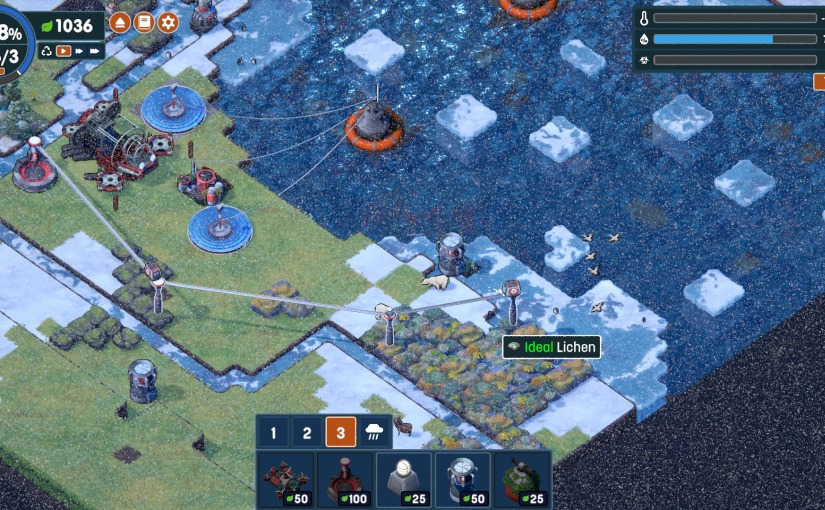
The highlight of the game, though, is the way each scenario ends. Once every building is placed and the desired utopia is achieved, the final step is to remove and recycle every trace of technology. Strategic use of terrain is required to place recycling buildings around the map, and then a recycling drone or hovercraft will start the hugely satisfying process of gradually removing any sign that you were ever there at all. Once the last building has been removed, your quadcopter will pack up and fly away, and only a burgeoning, natural landscape will remain.
It’s a beautiful moment that delivers the game’s message in a tremendously uplifting way. It’s artfully done, and considering the developer’s other works include Broforce and Genital Jousting, it’s quite a departure in tone. You’ve got to respect the versatility.

